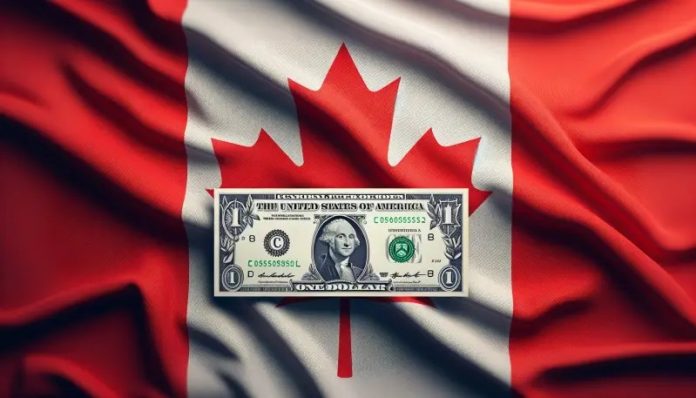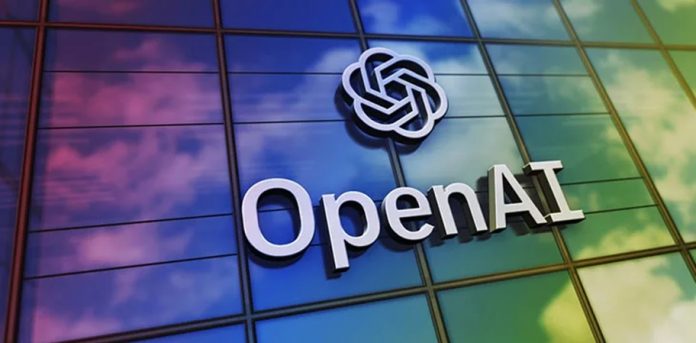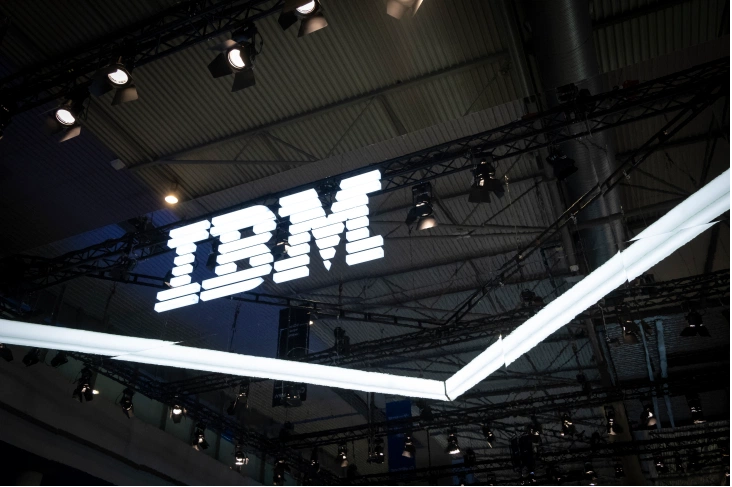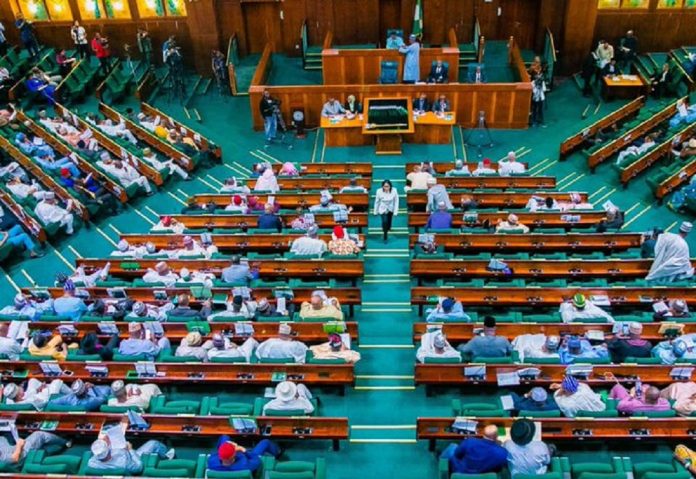U.S. President Donald Trump took another swipe at Canada on Wednesday, reviving a tense trade dispute between Washington and Ottawa.
In a post on his social media platform Truth Social, Trump wrote shortly after landing in South Korea that, “For those that are asking, we didn’t come to South Korea to see Canada!”
The remark, which came as Trump arrived in Gyeongju for high-level talks with the presidents of South Korea and China, was widely viewed as a direct rebuke of Canadian Prime Minister Mark Carney, who is also attending the same summit.
The U.S. president is expected to join Carney later on Wednesday at a formal dinner with other world leaders — an encounter that now takes on added tension following his latest public dismissal of Canada.
The renewed spat follows a string of policy clashes between the two allies, culminating last week when Trump announced that he was cutting off trade negotiations with Ottawa and imposing an additional 10% tariff on Canadian goods. The U.S. leader made the announcement after an Ontario political advertisement aired a clip of former Republican president Ronald Reagan saying that “tariffs cause trade wars and economic disaster.”
Trump had reacted angrily to the ad, calling it “an insult” and accusing Canada of “mocking American leadership” at a time when his administration is pursuing what he calls “fair trade for American workers.” He defended the new tariffs, arguing they were necessary to protect U.S. industries from unfair Canadian practices.
The latest move marked a significant deterioration in U.S.-Canada trade relations, which had already been strained since Trump took office. While the United States remains Canada’s largest trading partner, tensions over tariffs, energy policy, and manufacturing have repeatedly disrupted bilateral cooperation.
Canadian Prime Minister Mark Carney, who assumed office earlier this year, has so far sought to de-escalate the standoff. Speaking on Monday, he said he was “ready to sit down for trade talks with President Trump as soon as the U.S. president is prepared to do so.” Carney added that Canada “remains committed to constructive dialogue” and emphasized the importance of maintaining “a rules-based trade system between trusted partners.”
Carney’s trip to Asia marks his first official overseas tour as prime minister, during which he is aiming to expand Canada’s trade and security partnerships in the region. His government has prioritized diversifying trade away from U.S. dependence — a move seen as both strategic and necessary amid recurring economic friction with Washington.
Later this week, Carney is expected to meet with Chinese President Xi Jinping to explore potential economic and diplomatic cooperation between Beijing and Ottawa. The visit also includes discussions with South Korean officials on technology and renewable energy cooperation, reflecting Ottawa’s broader effort to secure new trade alliances.
However, Trump’s blunt statement on Truth Social underscores how deeply the once-close U.S.-Canada relationship has soured. It also highlights the president’s increasingly combative trade posture, which has extended beyond North America to include disputes with the European Union and China.
Trump’s aides have defended his stance despite mounting criticism, insisting that Canada has long benefited from “imbalanced trade arrangements” with the United States. The White House, however, has not issued an official statement clarifying Trump’s comments about Carney or whether any bilateral meeting between the two leaders will take place during the summit.
But the feud is seen as coming at a delicate moment, with both economies still contending with global inflation pressures and supply chain disruptions. Economists have warned that the new tariffs could have a ripple effect on industries closely linked across the U.S.-Canada border, including automotive, steel, and agriculture.
As Trump continues his Asia visit, his remarks have cast a shadow over what was expected to be a forum for unity among allies. Instead, his public snub of Canada has once again placed trade friction at the center of international diplomacy — reinforcing his long-held view that America’s allies must “pay their fair share” and “respect U.S. interests.”






